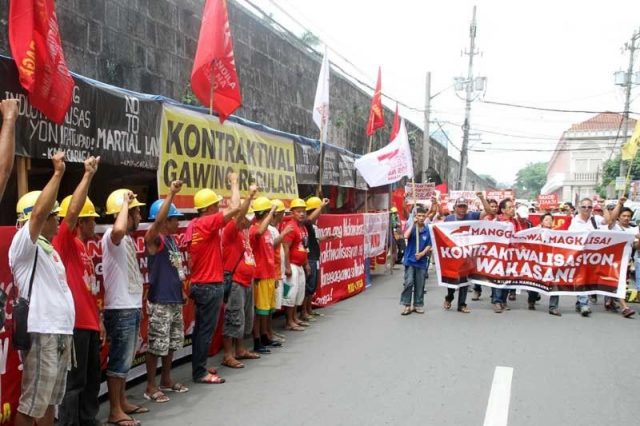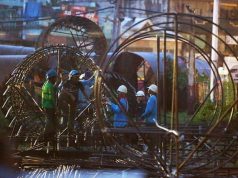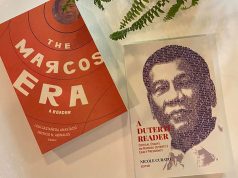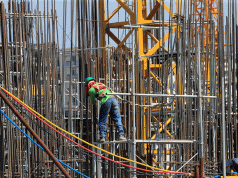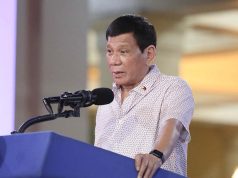For some, the first day of May is another day off for rest and relaxation. But for many, Labor Day marks a centuries-long struggle for the upliftment of the working class.
WATCH: Pro and anti-Duterte groups face-off in Mendiola on Labor Day. | via Edd Gumban pic.twitter.com/29uLVwbfBl
— The Philippine Star (@PhilippineStar) May 1, 2018
As several groups take to the street to sound their battle cry, stories from the struggles of Labor Day have surfaced into public consciousness once more.
A photograph meanwhile has circulated of an elderly activist who joined demonstrations. According to its caption, “Tatay Pido” lost full use of his legs after falling victim to police brutality while participating in a rally against a previous administration.
Columnist and writer Tonyo Cruz shed some light on the earliest Labor Day demonstrations in the Philippines, which according to him started as early as 1903.
Filipinos held the first Labor Day rally in the Philippines on May 1, 1903 led by the Union Obrera Democratica, the first labor union federation. Tens of thousands joined that rally that demanded workers’ welfare and called for “death to US imperialism”
— Tonyo Cruz (@tonyocruz) April 28, 2018
The account is also corroborated by the Philippine Center for Investigative Journalism (PCIJ) on its article published in 2017 in commemoration of Labor Day that year.
According to the PCIJ article, the Congreso Obrero de Filipinas marched down the future Recto Street in one of the first Labor Day demonstrations in Filipino history. Both the Congreso and its successor the Katipunan ng Anak Pawis were outlawed by the government.
The growing labor movement would only be recognized on May 1, 1913, when a labor congress was convened.
Tuesday, May 1, 2018 marks 105 years since the labor movement of the Philippines was recognized.
The PCIJ article also discloses statistics on the state of labor and employment in the Philippines in the past decade.
The blood red origins of “May Day”
According to the Industrial Workers of the World, one of the pioneer international labor groups, the annual tradition of celebrating the International Day of Labor started in 1886, when labor socialist groups in America calling for an eight-hour work day and fair wage were roused by a call-to-arms published on May 1 of that year.
While the call-to-arms was a success, the price to be paid was in blood. According to Time Magazine’s explainer article on the origins of the May 1 labor movement, a bomb exploded in Haymarket Square in Chicago, where the movement gathered.
By 1890, various Marxist and communist figures such as Friedrich Engels, Vladimir Lenin, and Rosa Luxembourg had recognized May 1 as an important day in the proletarian struggle.
The Paris Congress of socialist groups by then regarded it a day for workers. What would be known as “Labor Day” in some countries was first called “May Day.”
According to government sources, the Philippine Assembly passed a bill on April 8, 1908 which declared May 1 the Philippines’ day of labor, essentially a national holiday.
Years before the Philippines became the site of the world’s longest-running communist insurgency, the country was one of the first to legitimize the most celebrated day for the Left by making it a national holiday.
Workers’ struggles today
Around a week before Labor Day, various labor groups in the Philippines announced that they would be putting aside their differences to protest against President Rodrigo Duterte’s supposed failure to put an end to contractualization.
The labor groups said that May 1 protest this year would be the biggest in decades. Several groups have announced that they would be rejecting the opportunity to meet Duterte in his scheduled dialogue in Cebu in favor of attending the demonstrations around the country.
On the morning of Labor Day Tuesday, Duterte signed an executive order prohibiting “illegal contracting or subcontracting or undertaking to circumvent the workers’ right to security of tenure.”

